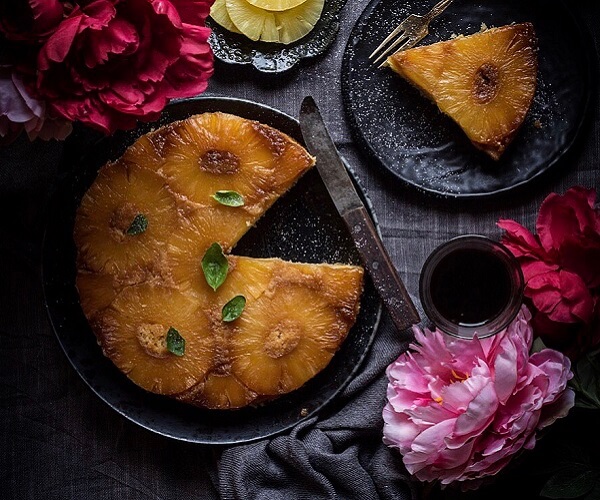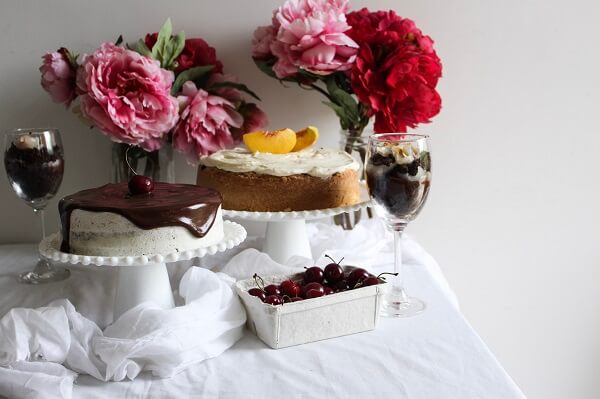Sometime ago I posted an article on my blog on 6 easy tips for baking perfect cakes and I was told how extremely helpful it had been to many of you. Yet, as I can see for myself, sometimes it is not enough to be told what to do when there exists space for what NOT to do as well. Since baking requires great precision, we must be very careful about how we got about it as well. A lot many times we do not realise that how easily we are dismissive of some crucial steps. So here are some common mistakes that can occur while baking that you must avoid at all costs.

Not reading through the recipe:
I guess this is one of the common mistakes that is made more often than not. A lot of us sometime do not go through the entire list of ingredients required and the instructions given, but rather add on as we go. The problem with this is that we presume a few important steps or hurriedly use substitutes for any ingredient without making sure whether it is a good enough replacement amongst the other set of ingredients. So take out sometime to read through the recipe before you start with baking so that you have a general idea of what you require and what you are supposed to do.
Double checking your ingredients:
Many a times I find people being very careless about the quality of items they use. Please do ensure that you do not use ingredients that have already crossed their expiry dates, or been lying around forever. Items like baking soda looks new as ever even if kept for over a year in your kitchen cabinet, but it does not necessarily mean it is good enough to be used.
Not measuring your ingredients:
Adding ingredients in improper measurements is one of the biggest sins you can commit while baking. Even years of baking cannot, and should, not make you compromise your measurements in baking. Your ingredients can’t make up for each other on their own in case something has been added less or more than it was required. Too much of sugar will not just sweeten your cake, it will also create an imbalance in the mixture of other ingredients like the baking soda. Again, too much of baking soda can reduce the taste to a metallic tinge. So maintain a good ratio of all that you add as per the instructions that are supplied.
Using cold ingredients:
Every ingredient must be kept at room temperature, I repeat, EVERY INGREDIENT must be kept at room temperature prior to the mixing process ( unless otherwise specified-like using cold butter for a pie). But imagine using a cold stick of butter with sugar or vegetable oil, not only does it take more time to be homogeneously mixed but the granules of sugar does not cut through the butter well nor does it dissolve well into the batter. So unless you want to be eating unevenly baked, dense treats for later, I suggest you make sure all your ingredients are kept in room temperature before you work upon them
Overmixing the batter:
This is another among the popular common mistakes that I have highlighted an uncountable number of times, even in my workshops. Mixing your batter is essential, overmixing it is a disaster. Cakes are expected to be soft and tender in texture. Overmixing the batter will make them dense due to increased gluten formation (refer to my post on “Science of Baking” to know better) which reduces the tenderness and makes your cake tougher.
Leaving out your batter for too long:
A few people are of the habit to stop all work after mixing their ingredients and postpone heating their batter. I can’t begin to tell you how this rest period is one of the major common mistakes to make. Leaveners like baking powder has properties that make ingredients react when they come in contact with anything liquid. Most leaveners allow for the cakes to rise while mixing the dry and liquid ingredients, but they need be to put to a preheated oven immediately so that the rest of process can take place smoothly. So, leaving out your batter for too long is a very bad idea as it not only deflates it but also messes with the texture of the cake.
Forgetting to preheat your oven:
Every recipe includes an important instruction that is very often overlooked: preheating your oven. We just don’t put it on the list for nothing. It is essential that your entire batter gets uniform heat and is baked evenly. When you preheat your oven, it allows for a decent temperature to set in under which your ingredients can react and bake faster.
Checking on the oven too often:
I cannot even begin to tell you how often people make these common mistakes like frequently checking in on the batter that they put to heat in the oven. This meddles with the set temperature that is required to work on the cake. Even worse, many would even poke the batter impatiently, knowing very well it requires more time. At least 20 undisturbed minutes should be allowed for the the recipe to come into shape. Which is why it is always no surprise that your cake never seems to be ready even after your constant meddling with it. Keep your hands to yourself and your eyes on the timer, and resist the urge to open the door every now and then.
Frosting cupcake/cake before they have cooled:
I know it can be exciting to have your cake heated and puffed up exactly the way wanted it to, but I have seen a lot of people excitedly pour the frosting over the newly baked cake. Do NOT do that! Not only is that very unprofessional of you but also a great waste of that frosting that you worked so hard upon to get the desired flavour. Once it is out of the oven, a necessary interim period must be allowed for the cake to cool down before you get started with frosting and icing. If you start the task immediately after, the frost is likely to melt on the base and not give the look that you were going for. It just looks like a sticky, messy, half-melted coating on a very promising cake.
So these were some very general common mistakes that I understand to be very common in most kitchens. The underlying idea is not to stop being creative or exploring new recipes, but to understand your your ingredients and equipments work and make them complementary to each to other for anything that you create. As long as you make sure to stick to your basic dos and don’ts, you can allow yourself to take some liberty with how you customise your recipe.
If you have experiences of something else that you would like to warn us about, feel free to drop them in on the comment section below.
Until then, Happy Baking to all! 🙂

 Hello. I'm Shivesh Bhatia, a food blogger and food stylist from Delhi, India. Welcome to Bake With Shivesh, where I'll help you create magic in your kitchens with my simple recipes.
Hello. I'm Shivesh Bhatia, a food blogger and food stylist from Delhi, India. Welcome to Bake With Shivesh, where I'll help you create magic in your kitchens with my simple recipes.
I dugg some of you post as I cerebrated they were extremely helpful very helpful
Thanks for this informative blog .
I’m glad you like it 🙂